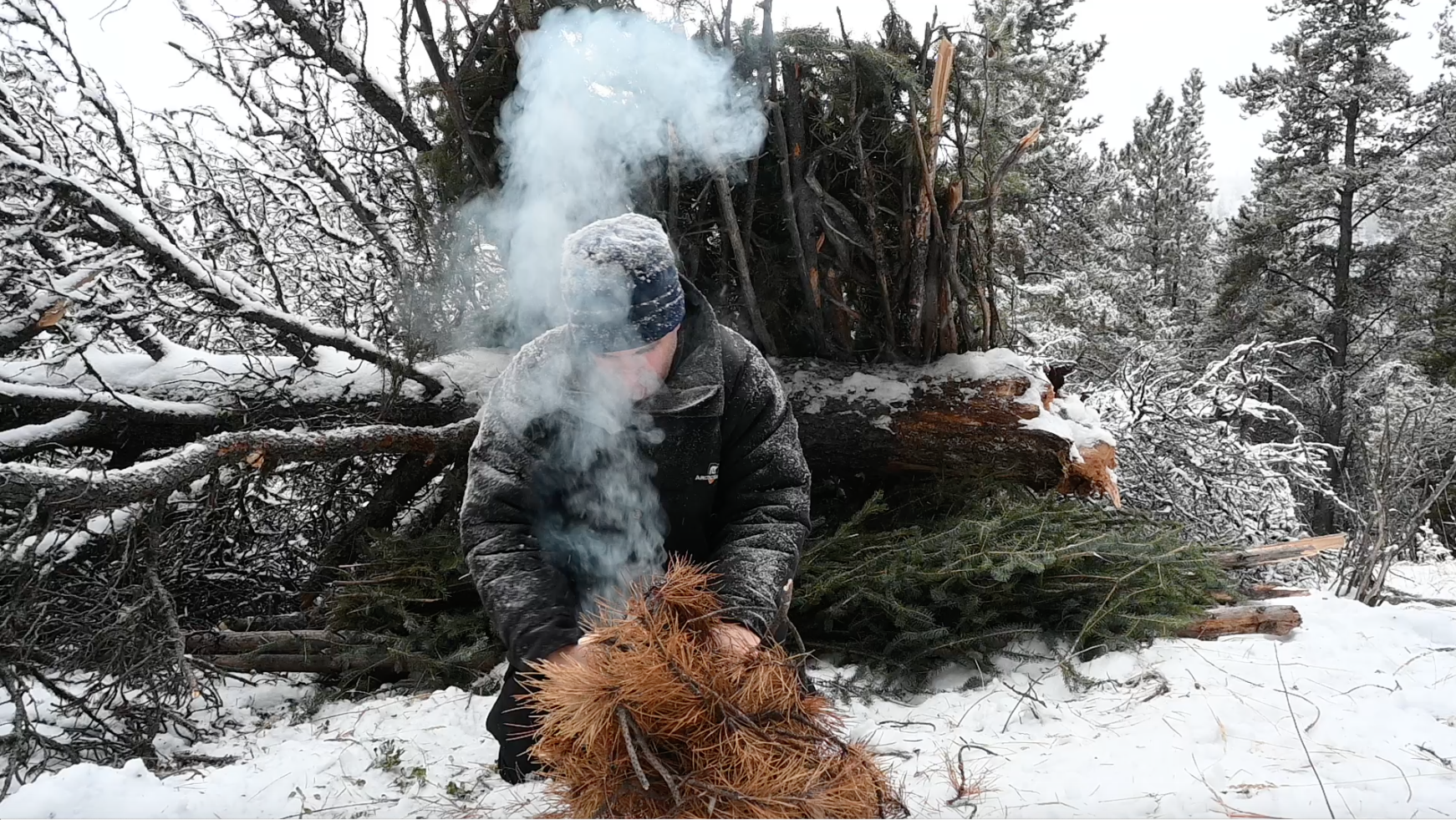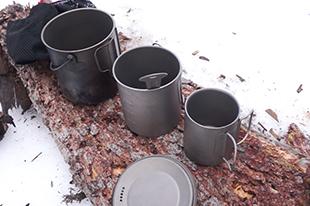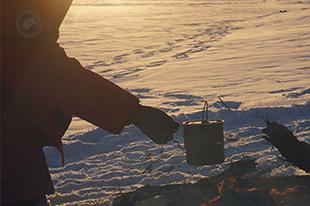What is the most practical wilderness shelter?

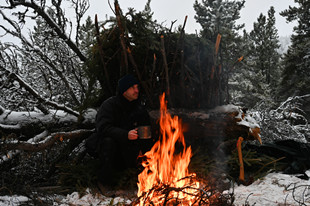
What is the most practical wilderness shelter?
The “lean-to” is the default shelter built in the wilderness. Simple to make, yet it provides adequate protection from the elements. It can be as elaborate and fancy as you need. It’s adequate for a night or for a long stay in the wilderness. Without going into too many details, let’s break down its general building principles, because those are making it one of the most practical shelters. Remember, for shelter building, improvisation and creativity are essential.
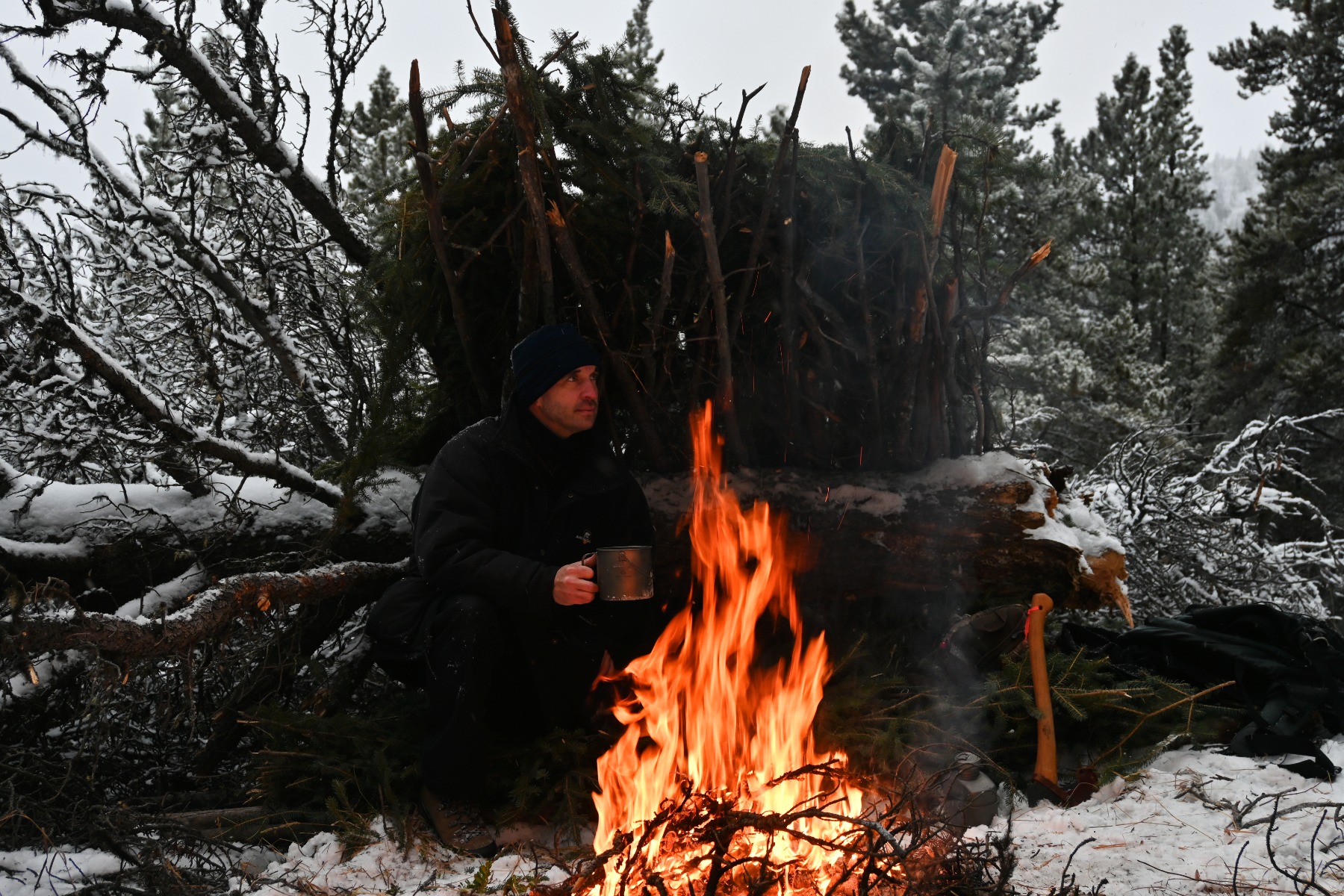
1- Find a location with plenty of fuel and wood resources
“Location, location, location” is critical in the real estate industry, and it’s just as critical for wilderness survival. Location is the essential component of wilderness shelter building because you need shelter material, and very often it’s derived from wood or some type of vegetation. Location is even more critical in winter because firewood is needed to get some heat.
You just can’t spend too much of your limited energy gathering shelter or firewood material. Ideally, firewood material should be within reach, ideally not further than 50 m (160 feet) around your shelter.
In a perfect scenario, the shelter should face the sun, with an adequate orientation from the wind so that campfire smoke does not blow on your face.
2- Build a simple roof/wall structure
This will accomplish 3 things: 1- protect your back from the cold, 2- act as a heat reflector once the campfire is burning, 3- protect from precipitation and keep you dry and warm.
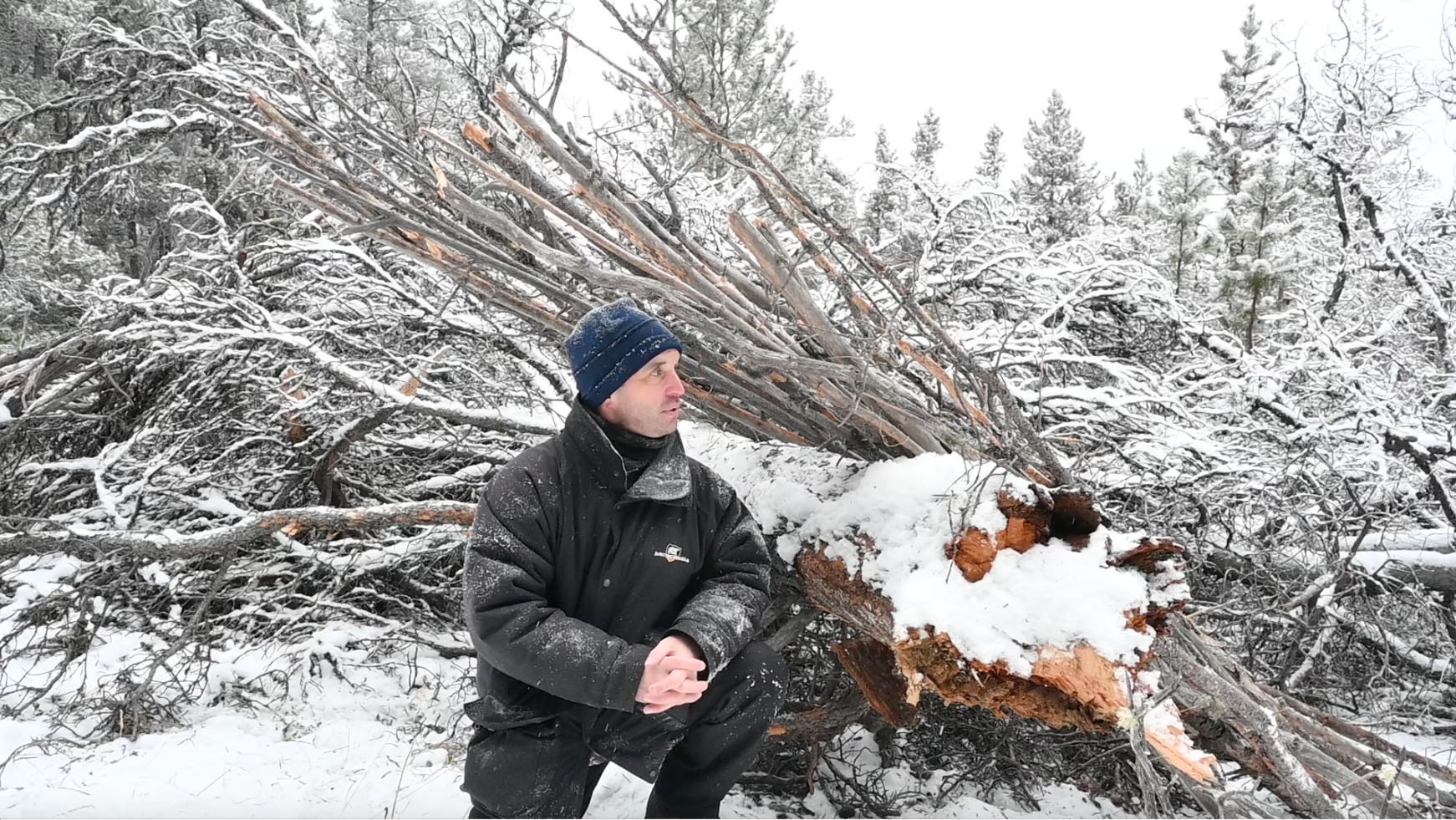
Build a roof structure with logs resting on tree branches and then find material to cover them. In the boreal forest, spruce boughs are the perfect material, but gather enough to make big piles covering the entire roof structure. A thickness of about 30 cm (91 feet) would be ideal. No spruce boughs? No problem, use bark, branches, leaves, any kind of debris you can find. And of course, if you carry a tarp, use it! It will only take you minutes to build the perfect roof!
3- Make a thick insulated bed
The bed is built on the same principles as the roof. Prepare a bed log structure and then add piles of debris over it to make a comfy mattress that will insulate your body from the ground. Spruce boughs are perfect for the task. Make the bed as thick as you can, 50 cm (20 inches) or even more if possible.
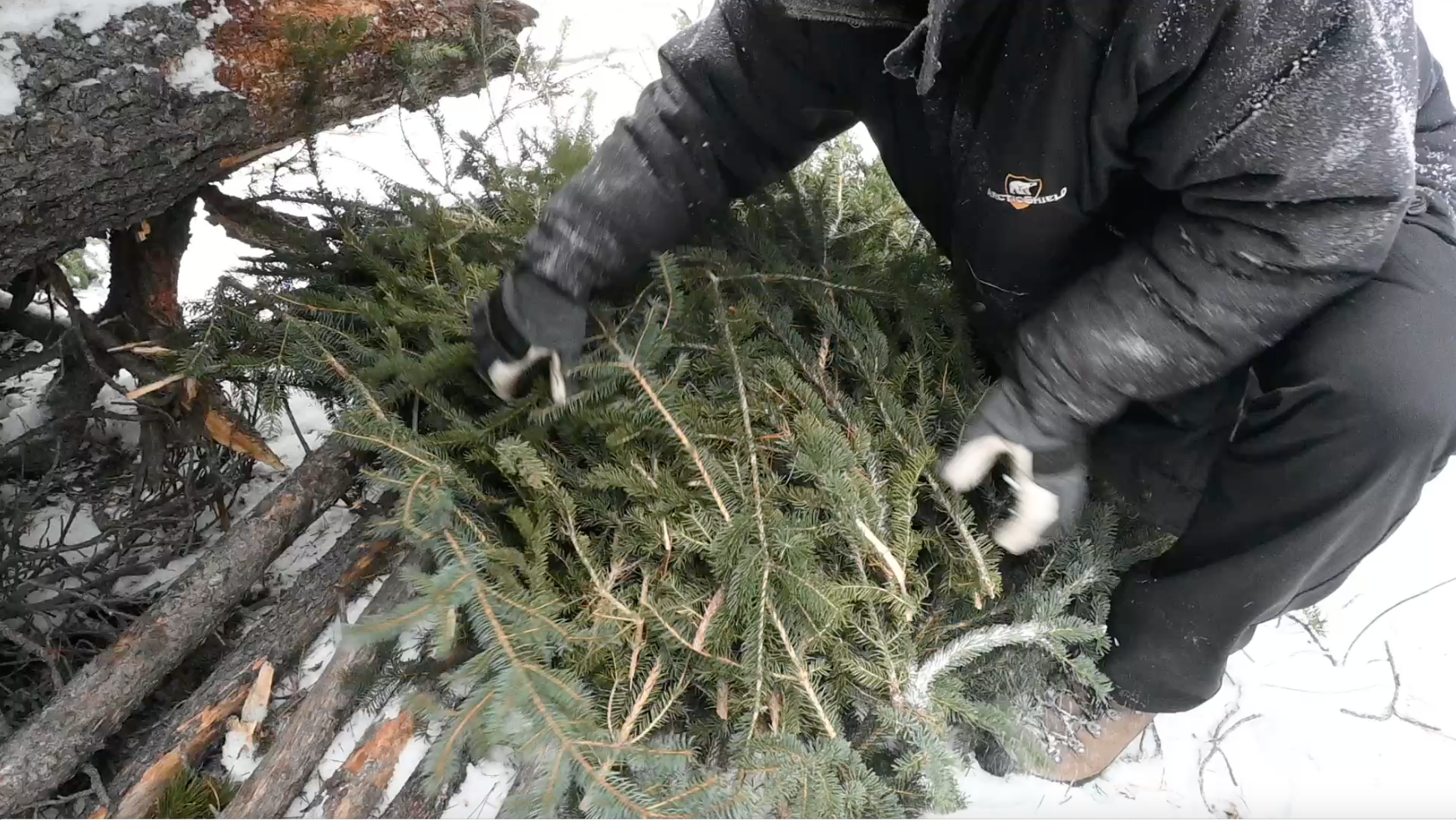
The bed structure should be about as wide as shoulders if it’s only for one person but can be bigger for more people. Just don’t make the bed bigger than needed.
4- Build a warming fire
The warming fire should be made a step away from the bed. Not too close, you don’t want the bed debris to catch fire! But not too far, for the best warming effect! The way to regulate the heat should not be the distance of the fire, but the size of the fuel you add to it. The larger and longer the logs you will use, the warmer the fire. Gather a good pile of logs for the night. In winter, always keep a pot full of water or snow near the fire, so you always have liquids available for drinking.
